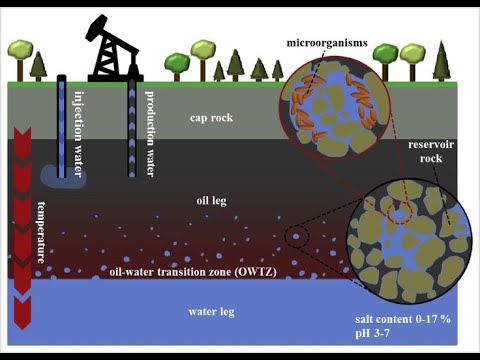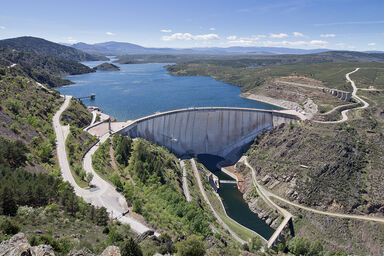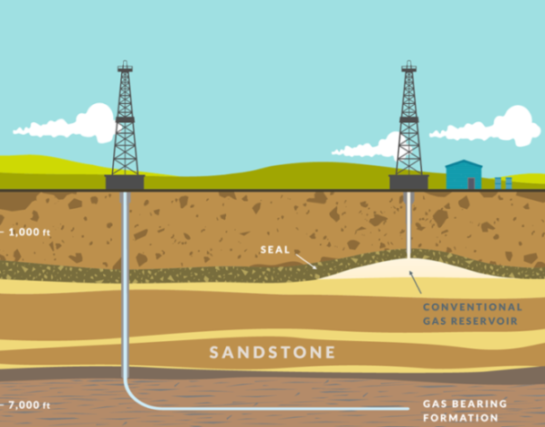Why Should We Care About Shale?
Ever wondered why shale has taken the oil and gas industry by storm? It’s not just another rock—it’s a game-changer. Shale formations hold vast amounts of hydrocarbons, but extracting them? That’s a whole different challenge. This is where geomechanics steps in, helping engineers unlock the secrets of these unconventional reservoirs.
Imagine trying to sip a thick milkshake through a tiny straw. Frustrating, right? That’s exactly how shale behaves—it traps hydrocarbons so tightly that traditional drilling methods just don’t cut it. But with the right geomechanical approach, we can crack open these reservoirs and extract resources efficiently. So, let’s take a deep dive into shale geomechanics and understand why it’s revolutionizing energy extraction.
Understanding Shale Geomechanics: The Science Behind the Rock
What Makes Shale Different?
Unlike conventional reservoirs, shale is ultrafine-grained and has extremely low permeability. It acts more like a vault, locking away hydrocarbons. But why is it so challenging? The key lies in:
- Brittleness vs. Ductility: Some shale rocks break easily (brittle), while others deform (ductile). Understanding this helps engineers decide how to frack efficiently.
- Stress and Pressure: Shale formations are buried deep under layers of rock, meaning they experience enormous pressure. Ignoring this can lead to well failures.
- Natural Fractures: Some shales already have tiny cracks, which can be a blessing or a curse depending on their orientation and connectivity.

The Role of Geomechanics in Shale Reservoirs
Geomechanics isn’t just about fancy equations—it’s the foundation of smart drilling. Here’s how it helps:
- Predicting Rock Behavior: Knowing how shale reacts under stress helps in planning hydraulic fracturing.
- Reducing Drilling Risks: Avoiding well collapse or equipment damage saves millions.
- Optimizing Fracture Design: A well-planned frack job means better hydrocarbon flow and higher returns.
Hydraulic Fracturing: Cracking the Code
Hydraulic fracturing (or fracking) is the key to unlocking shale’s potential. But it’s not as simple as pumping water into the ground. Here’s what goes on behind the scenes:
1. Choosing the Right Fracturing Fluid
Think of it as picking the right tool for the job. Water-based fluids are common, but sometimes oil-based or foam-based fluids work better, depending on the rock’s properties.
2. Controlling Fracture Growth
Ever tried breaking a cracker without shattering it? That’s the challenge with shale. Engineers use geomechanics to control how fractures spread, ensuring they connect to the most hydrocarbon-rich zones.
3. Proppants: Keeping Fractures Open
Once a fracture is created, it needs to stay open. That’s where proppants (tiny sand-like particles) come in, preventing the fractures from collapsing once the pressure is released.
Challenges in Shale Geomechanics (And How We Overcome Them)
1. Unpredictable Rock Behavior
Not all shales are created equal. Some are tough, while others are fragile. Engineers use core samples and advanced modeling to predict how a specific shale formation will behave.
2. Water Sensitivity
Some shales swell or weaken when exposed to water, reducing permeability. To tackle this, industry experts experiment with non-water-based fluids.
3. Environmental Concerns
Fracking has sparked debates about groundwater contamination and induced seismic activity. By using better fluid management techniques and real-time monitoring, companies can minimize environmental risks. Also Read>>

The Future of Shale Geomechanics
Technology is evolving, and so is the way we handle shale reservoirs. Here are some exciting advancements:
- AI & Machine Learning: Predicting rock behavior with data-driven insights.
- Microseismic Monitoring: Tracking fracture growth in real time.
- Eco-Friendly Fluids: Reducing environmental impact while improving extraction efficiency.
Shale geomechanics is no longer just a niche field—it’s at the heart of modern energy production.
Conclusion: Why Shale Geomechanics Matter
Shale reservoirs are tricky, but with the right geomechanical approach, they become a goldmine. From understanding stress patterns to optimizing fracking techniques, geomechanics is the unsung hero of unconventional oil and gas production.
So, whether you’re an engineer, a student, or just someone curious about energy, one thing is clear—shale geomechanics is shaping the future of resource extraction. And who knows? Maybe the next big breakthrough in energy will come from understanding these stubborn rocks a little better.
What’s your take on shales geomechanics? Have any insights or questions? Drop a comment below—we’d love to hear your thoughts!



